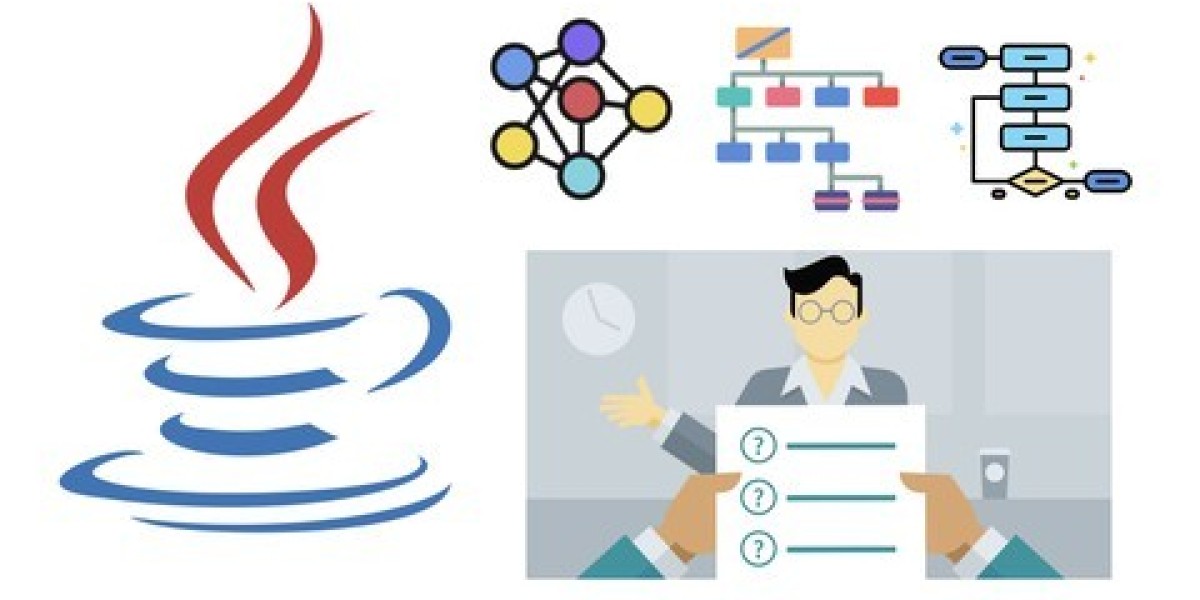Data Structures with Java" refers to the study and application of fundamental data structures using the Java programming language.
Data structures are essential concepts in computer science that allow programmers to organize, store, and manipulate data in a way that facilitates efficient access, retrieval, and modification. They serve as the foundation for writing efficient and effective algorithms.
Java is a widely-used programming language known for its platform independence, strong community support, and extensive standard library. When combined with data structures, Java allows developers to create sophisticated and optimized software solutions for a wide range of applications.
In Java, a programming language, this involves using the language's built-in features and capabilities to create and manage various data structures like arrays, linked lists, stacks, queues, trees, graphs, hash tables, and more.
Data Structures with Java course in Pune
In Java, there are several types of data structures that can be used to organize and manipulate data efficiently. Some of the commonly used data structures in Java include:
Arrays: Arrays are a fixed-size collection of elements of the same type. They provide fast access to elements using an index, but their size is fixed once they are created.
Linked Lists:
- Singly Linked Lists: Each element in the list points to the next element. They are dynamic in size and can grow or shrink during runtime.
- Doubly Linked Lists: Each element points to both the next and previous elements. This allows for traversal in both directions.
Stacks: Stacks are a collection of elements with two main principal operations:
push, which adds an element to the collection, andpop, which removes the most recently added element.Queues:
- Priority Queues: Elements are added with an associated priority and the element with the highest priority is served first.
- FIFO Queues (or simply Queues): Elements are served in a first-in-first-out manner.
Trees:
- Binary Trees: Each node has at most two children.
- Binary Search Trees (BST): A binary tree where the left child of a node contains elements smaller than the node, and the right child contains elements greater than the node.
- Balanced Trees (like AVL and Red-Black Trees): These are self-balancing binary search trees that maintain a balanced structure to ensure efficient operations.
- Trie: A tree-like structure used for storing a dynamic set or associative array.
Graphs:
- Directed Graphs: Edges have a direction, going from one vertex to another.
- Undirected Graphs: Edges do not have a direction.
- Weighted Graphs: Edges have a weight or cost associated with them.
Hash Tables (or Hash Maps): These provide fast access to elements based on a key. They use a hash function to map keys to indices in an array.
Heaps: A special tree-based data structure that satisfies the heap property. Common types include min-heaps and max-heaps.
Sets: A collection that does not allow duplicate elements.
Maps (or Dictionaries): A collection that maps keys to values, where each key is associated with at most one value.
LinkedHashSet and LinkedHashMap: These are implementations of Set and Map interfaces, respectively, that maintain the order of elements based on the order in which they were inserted.
ArrayList and LinkedList (included in the Java Collections Framework): These are resizable arrays and linked lists, respectively, that provide a more flexible alternative to traditional arrays.








